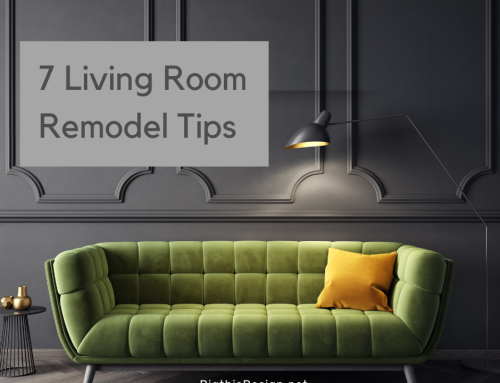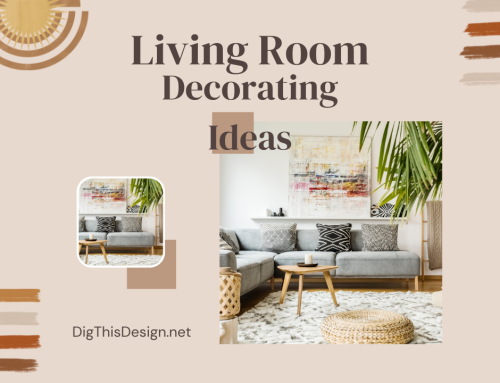In an era where housing costs are on the rise and social connections are highly valued, shared living spaces have emerged as a popular alternative for many individuals. Shared living, often referred to as co-living, is a housing arrangement where people with similar interests, lifestyles, or goals choose to live together in a communal setting. This trend has gained traction globally, particularly in urban areas, offering both advantages and disadvantages. In this article, we’ll delve into the pros and cons of shared living spaces to help you weigh your options when considering this unique living arrangement.
Is Shared Living Spaces Right for Me?

Pros of Shared Living Spaces:
- Affordability: One of the most appealing aspects of shared living spaces is the reduced cost. Rent and utilities are divided among the residents, making it a more budget-friendly option compared to renting an entire apartment or house on your own. This affordability allows individuals to live in areas that might otherwise be financially out of reach.
- Community and Social Interaction: Shared living spaces foster a sense of community that can be hard to find in traditional housing setups. Residents often engage in communal activities, shared meals, and collaborative projects, leading to meaningful friendships and a support network. This can be particularly beneficial for newcomers to a city or those looking to expand their social circle.
- Fully Furnished Spaces: Many shared living spaces come fully furnished, eliminating the hassle and cost of purchasing furniture. This convenience is especially advantageous for young professionals or students who may be moving frequently.
- Shared Responsibilities: In a shared living arrangement, chores and responsibilities are usually distributed among the residents. This reduces the workload for each individual and creates a sense of teamwork. Additionally, some co-living spaces offer cleaning and maintenance services as part of the package.
- Access to Amenities: Co-living spaces often provide amenities like gyms, coworking spaces, and entertainment areas that might not be feasible for individuals in traditional rental setups. These added features enhance the overall quality of life for residents.
- Flexibility: Shared living spaces typically offer flexible leasing options, allowing residents to commit to shorter terms compared to traditional leases. This is ideal for those who may have uncertain plans or frequently changing circumstances.
Cons of Shared Living Spaces:
- Privacy Concerns: The most significant drawback of shared living spaces is the potential lack of privacy. Sharing common areas and living in close quarters with others can limit personal space and make it challenging to find moments of solitude.
- Compatibility Issues: Living with strangers or even acquaintances can lead to compatibility issues. Conflicts might arise due to differences in lifestyle, cleanliness standards, noise preferences, or even conflicting schedules.
- Limited Control: In a shared living arrangement, decisions about the property, decor, or other aspects of the living space are often made collectively. This means that individual residents might have limited control over the environment they inhabit.
- Transient Population: Shared living spaces can attract a transient population, with residents frequently coming and going. This constant turnover can make it challenging to establish deep, lasting connections within the community.
- Dependency on Others: Depending on the communal nature of the space, residents might rely on others for various tasks or decisions. This can lead to a loss of autonomy and self-reliance.
- Noise and Disturbances: With multiple individuals sharing the same space, noise levels can be difficult to control. This can lead to disturbances that impact the overall living experience.
Is Shared Living Right for You?
Deciding whether shared living is the right choice for you depends on your personal preferences, lifestyle, and priorities. If you value community, social interactions, and cost savings, shared living spaces could be a fantastic option. On the other hand, if privacy, autonomy, and a more controlled living environment are essential to you, you might be better off in a traditional housing arrangement.
Before committing to a shared living space, consider the following:
- Research: Thoroughly research co-living spaces in your desired location. Read reviews, visit the property if possible, and understand the terms and conditions.
- Communication: If you’re considering sharing a space with others, open and honest communication is key. Discuss expectations, boundaries, and potential issues upfront to avoid conflicts down the line.
- Trial Period: Some co-living spaces offer short trial periods. Take advantage of these to assess whether the living environment suits your needs and lifestyle.
- Prioritize Your Needs: Evaluate what matters most to you in a living arrangement. Make sure that the advantages of shared living align with your priorities and goals.
In conclusion, shared living spaces offer a unique blend of affordability, community, and convenience, but they also come with challenges related to privacy and compatibility. By carefully considering the pros and cons, conducting thorough research, and assessing your personal preferences, you can make an informed decision about whether shared living is the right choice for you.
Other posts you might enjoy:
Co-Living – Tips for Designing Living Spaces





